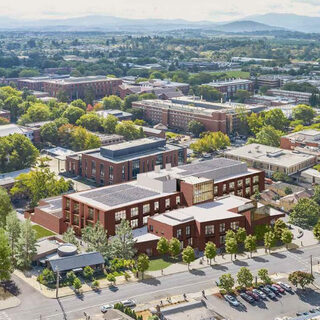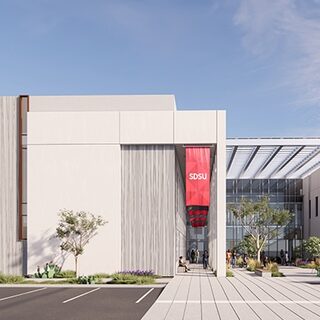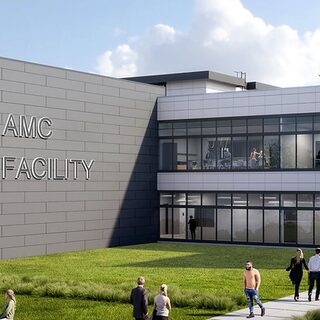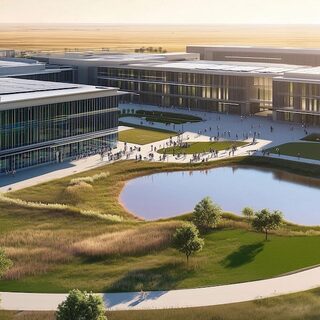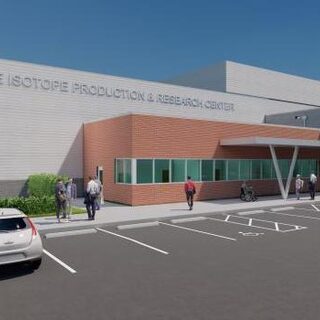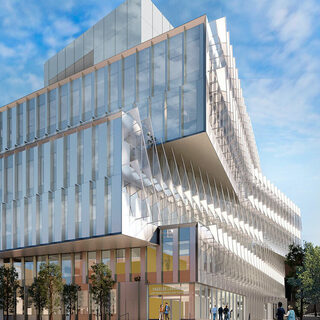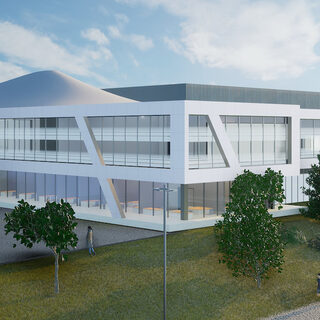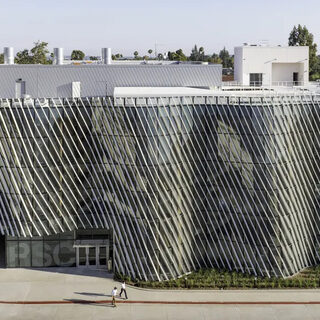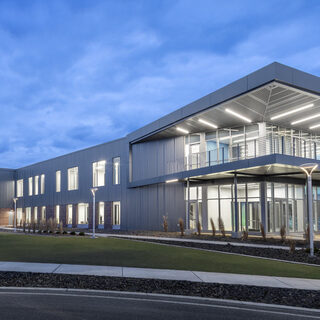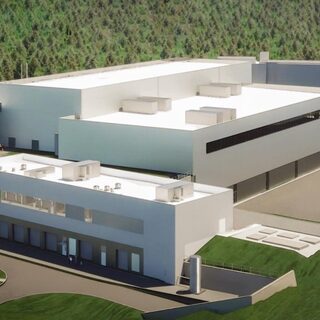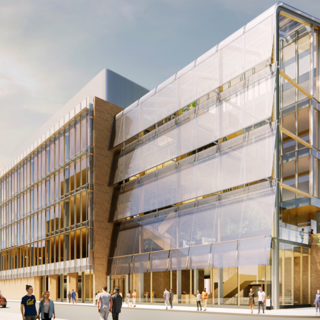UC Berkeley Breaks Ground on Bakar Labs for Energy + Materials
The University of California, Berkeley broke ground in November of 2025 on the Bakar Labs for Energy + Materials to establish beacon for excellence in entrepreneurship. The 146,000-sf facility will provide world-class wet laboratories and collaboration space for research initiatives and up to 75 early-stage companies. Designed by Gensler to ensure flexibility and adaptability through a reconfigurable framework, the five-story structure will house 3D printing studios, offices, and meeting and conference rooms.



